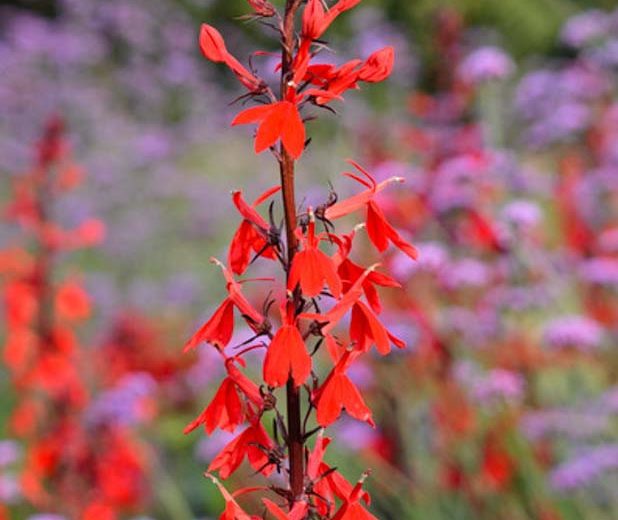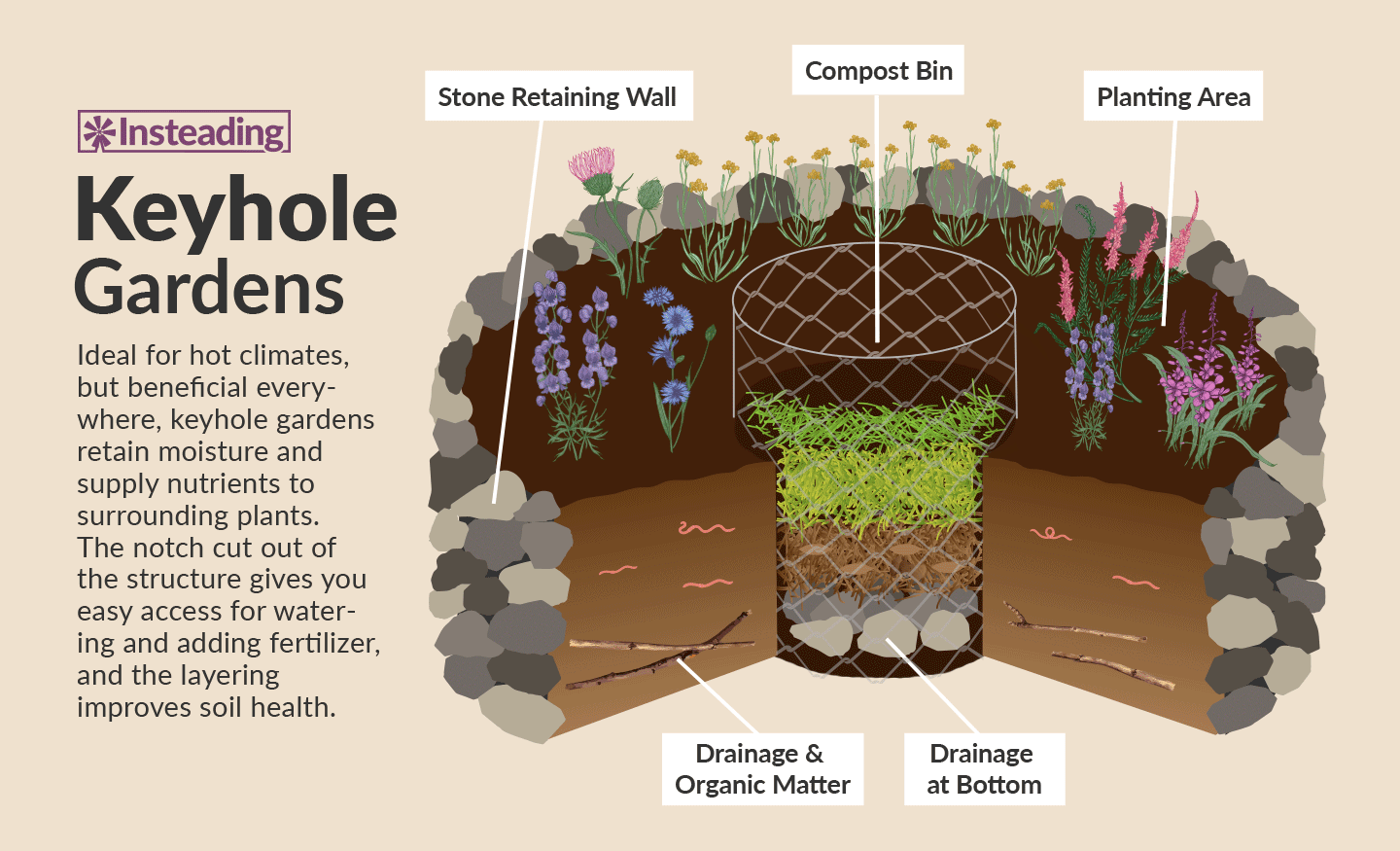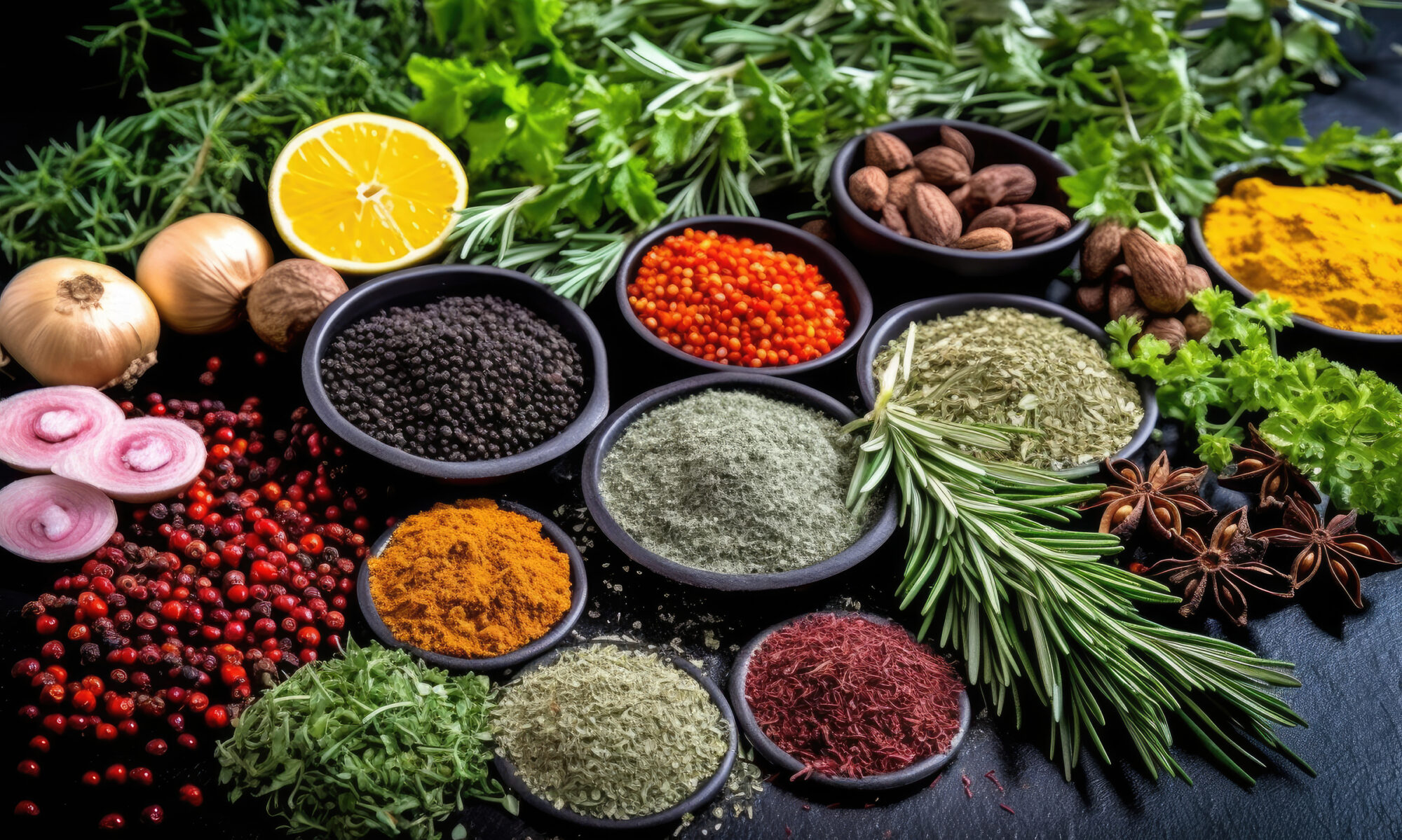Resources & Guides – Hydroponic Grow Towers
Articles:
- “Building a Vertical Hydroponic Tower” by Oklahoma State University Extension:
- This comprehensive guide provides detailed instructions on constructing a vertical hydroponic system using readily available materials. Oklahoma State University Extension
- “Home Made Vertical Hydroponic System” on Instructables:
- A step-by-step tutorial with images, detailing the creation of a vertical hydroponic system, including materials needed and assembly instructions. Instructables
- “Vertical Hydroponics DIY – Grow without Soil” by Grow Without Soil:
- This article explores various DIY vertical hydroponic systems, offering insights into design options and construction tips. Grow Without Soil
Videos:
- “Build Your Own Affordable Hydroponic Grow Tower (Under $50)”:
- A practical guide demonstrating how to construct a cost-effective vertical hydroponic tower using PVC pipes and other common materials.
- “DIY: How to Make a Vertical Hydroponic Tower”:
- This video provides a clear, step-by-step process for building a vertical hydroponic tower, suitable for beginners and hobbyists.
- “Cheap & Easy Vertical Tower Garden with No Power, DIY Hydroponics”:
- Learn how to create a simple vertical hydroponic system that operates without electricity, ideal for sustainable gardening.
These resources should provide you with a solid foundation to successfully build and maintain your vertical hydroponic gardening tower. Happy gardening! 🌿
A Day Of Lethargy
Michigan Wetland Plants
Western Michigan falls within USDA Hardiness Zones 5a to 6a, which means we have a moderately cool climate with cold winters.
Here are some native wetland plants suitable for our region:
Willow Species (Salix spp.)
:max_bytes(150000):strip_icc():format(webp)/GettyImages-615975908weepingwillowtreejuly7th-86a1f0728f3d4ea48df0b8684a23293b.jpg)
They provide habitat, stabilize soil, and some have attractive weeping forms.
Pickerelweed (Pontederia cordata)

Blue Flag Iris (Iris versicolor)

Swamp Milkweed (Asclepias incarnata)

Cardinal Flower (Lobelia cardinalis)

of color to wetland areas and attracts hummingbirds.
Joe Pye Weed (Eutrochium maculatum)

Bluejoint Grass (Calamagrostis canadensis)

providing habitat and stabilization for the soil.
Sweet Flag (Acorus calamus)

It can tolerate a variety of wet soil conditions.
Red Twig Dogwood (Cornus sericea)

Elderberry (Sambucus canadensis)

elderberry is beneficial for wildlife and can tolerate wet soils.
Herb Spiral
Grow lots of herbs in a small space!

A Herb Spiral is a vertical garden design that consists of a raised, spiraling structure with various planting levels. The spiral shape allows for different microclimates, enabling a variety of herbs to be grown in a compact space. Herbs with similar water and sunlight needs are planted in corresponding areas of the spiral, making it an efficient and visually appealing way to cultivate a diverse herb garden.
Keyhole Gardens

A keyhole garden is a raised garden bed with a central composting basket, shaped like a keyhole when viewed from above. It’s designed to maximize growing space and conserve water, often used in areas with limited resources. The central compost basket provides nutrients to the surrounding soil, promoting sustainable and efficient gardening.
Raised Beds Examples
Great ideas in this video:
